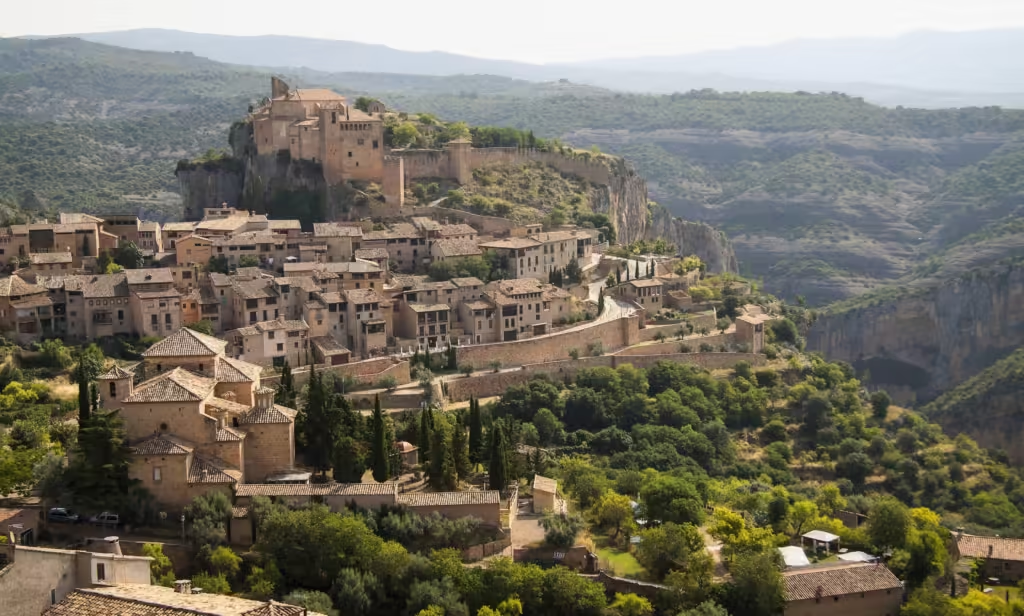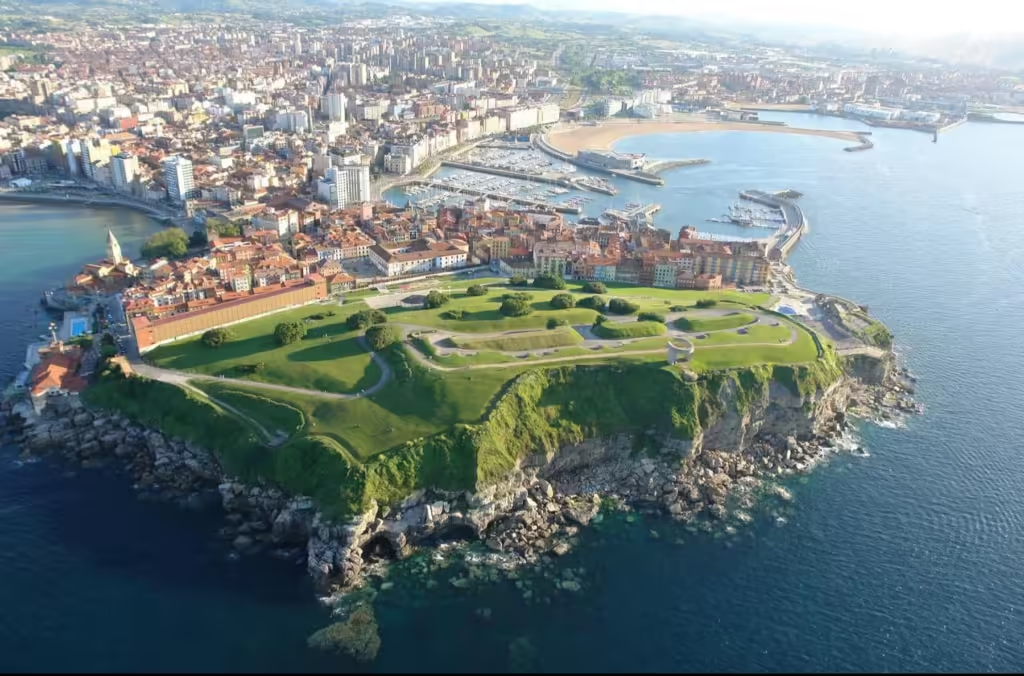The Region of Murcia, located in southeastern Spain, is a hidden gem for tourists looking for a rich mix of culture, history, natural landscapes, and gastronomy. Known for its stunning Mediterranean coastline, vibrant festivals, and warm climate, Murcia offers an unforgettable travel experience. In this complete guide, we will dive into the best things to do and see in the Murcia region, including practical information for travelers.

Top Attractions in Murcia: The Best Things to See and Do
Explore Murcia City and Its Cultural Heritage
Murcia City, the capital of the region, is rich in culture and architecture. The Cathedral of Murcia, an impressive Gothic and Baroque masterpiece, is one of the most significant landmarks. Its stunning façade and bell tower stand as a testament to centuries of craftsmanship.
Plaza Cardenal Belluga is a perfect starting point for exploring the city’s old town, filled with bustling cafés and restaurants. Murcia’s old city also features the beautiful Real Casino de Murcia, a 19th-century social club known for its opulent Moorish and classical design.
2. Relax on the Costa Cálida Beaches
The Costa Cálida, or “Warm Coast,” stretches over 250 kilometers along the Mediterranean, offering pristine beaches and crystal-clear waters. Popular spots like La Manga del Mar Menor and Mazarrón are perfect for sunbathing, water sports, and enjoying the area’s idyllic scenery.
La Manga del Mar Menor is particularly famous for its unique geographical layout. It forms a narrow strip of land separating the Mar Menor Lagoon from the Mediterranean, resulting in calm, warm waters ideal for families and water sports enthusiasts.
3. Discover the Natural Beauty of Regional Parks
Murcia has an abundance of natural landscapes perfect for outdoor enthusiasts. Sierra Espuña Regional Park offers scenic hiking trails, lush pine forests, and an opportunity to discover native wildlife. It’s a great place for travelers seeking an escape from the city’s hustle.
Salinas y Arenales de San Pedro del Pinatar, a coastal nature reserve, is another popular destination for bird watchers. Its saltwater lagoons provide an important habitat for flamingos and other migratory birds.
4. Visit Cartagena and Its Historical Sites
Cartagena, one of Murcia’s most historic cities, has a rich Roman and maritime heritage. The Roman Theatre Museum showcases ancient ruins that highlight the city’s 2,000-year-old history. Concepción Castle provides panoramic views of the city and harbor, perfect for an afternoon exploration.
The city also has several military fortresses and maritime museums, reflecting Cartagena’s historical importance as a naval base. Punic Wall of Cartagena is another must-see for history lovers who want to learn more about the Punic Wars.
Best Activities for Travelers in Murcia
Enjoy a Boat Trip on the Mar Menor
A boat ride on the Mar Menor provides a unique way to experience the calm lagoon’s scenery. Tourists can opt for glass-bottom boats to observe the underwater marine life or rent kayaks for an active adventure on the waters.
2. Indulge in Murcia’s Gastronomy
Murcia is often called the “Orchard of Europe” due to its fertile agricultural lands. The region is famous for its fresh produce and hearty cuisine. A visit to Mercado de Verónicas allows tourists to taste local specialties such as zarangollo, caldero (a type of rice dish), and Murcian tapas.
Don’t forget to try Estrella de Levante, the locally brewed beer. Wine enthusiasts can also explore the region’s wine routes, particularly those of Bullas and Jumilla, to taste award-winning wines and learn about the winemaking process.
3. Participate in Local Festivals
Murcia’s festivals are a wonderful way to experience the local culture. The Bando de la Huerta, held during Spring Festival (Fiestas de Primavera), features colorful parades and traditional folk music, giving tourists a taste of Murcia’s agricultural heritage.
Another highlight is the Caravaca de la Cruz Festival, one of the few Jubilee celebrations in the world. Every May, the city of Caravaca hosts horse races and religious ceremonies that attract thousands of visitors.
Practical Information for Visiting Murcia
Getting to Murcia
Murcia is well-connected by Murcia International Airport (RMU), with direct flights to various European cities. Additionally, Alicante-Elche Airport is about an hour’s drive away, offering more flight options. The high-speed train (AVE) also connects Murcia with major cities like Madrid and Barcelona, making it easy to include Murcia in your travel itinerary.
Getting Around Murcia
The region offers a convenient public transportation network, including buses and regional trains that connect major towns and tourist attractions. Renting a car is also a good option, particularly for those who want to explore natural parks and remote beaches.
Best Time to Visit Murcia
The best time to visit Murcia is during spring (April to June) and autumn (September to October) when temperatures are pleasant for outdoor activities. Summers can be quite hot, especially inland, while winters are generally mild, making Murcia a popular destination for winter sun-seekers.
FAQs About Murcia (Region of Murcia)
Is Murcia a good holiday destination?
Yes, Murcia is an excellent holiday destination. It has everything a tourist might want: beautiful beaches, historic cities, vibrant festivals, and exquisite cuisine. Whether you’re looking for relaxation or adventure, Murcia has something for everyone.
What is Murcia known for?
Murcia is known for its rich cultural heritage, beautiful coastline along the Costa Cálida, and agricultural produce. It’s also famous for its religious festivals, local wines, and the unique Mar Menor, Europe’s largest saltwater lagoon.
How many days should I spend in Murcia?
Three to five days is ideal for exploring the highlights of Murcia. This will give you time to visit Murcia City, enjoy the beaches of the Costa Cálida, and take day trips to places like Cartagena, Sierra Espuña, and wine regions like Bullas.
Is it easy to travel around Murcia without a car?
Yes, traveling around Murcia without a car is feasible thanks to a well-connected public transport system. However, if you wish to explore natural parks or remote areas, renting a car would be beneficial.
What foods should I try in Murcia?
While in Murcia, be sure to try zarangollo (a dish made of eggs, zucchini, and onions), caldero (a local rice dish), Murcian salad, and various tapas dishes. Don’t forget the regio
Final Thoughts: Experience the Charm of Murcia
The Region of Murcia is a fantastic destination for anyone looking for authentic Spanish culture, stunning landscapes, and a warm Mediterranean climate. From sun-drenched beaches and historic cities like Murcia City and Cartagena to natural wonders such as Sierra Espuña, there is plenty to explore. Pair your travels with the region’s delicious gastronomy, and you have all the ingredients for an unforgettable trip. Pack your bags and let the charm of Murcia surprise you!
Suggested Next Steps
Planning your trip to Murcia? Start by booking your accommodation close to your favorite attractions—whether it’s the beaches of the Costa Cálida, the vibrant Murcia City, or the scenic Sierra Espuña. Don’t forget to check the local festival calendar for a truly immersive cultural experience!

